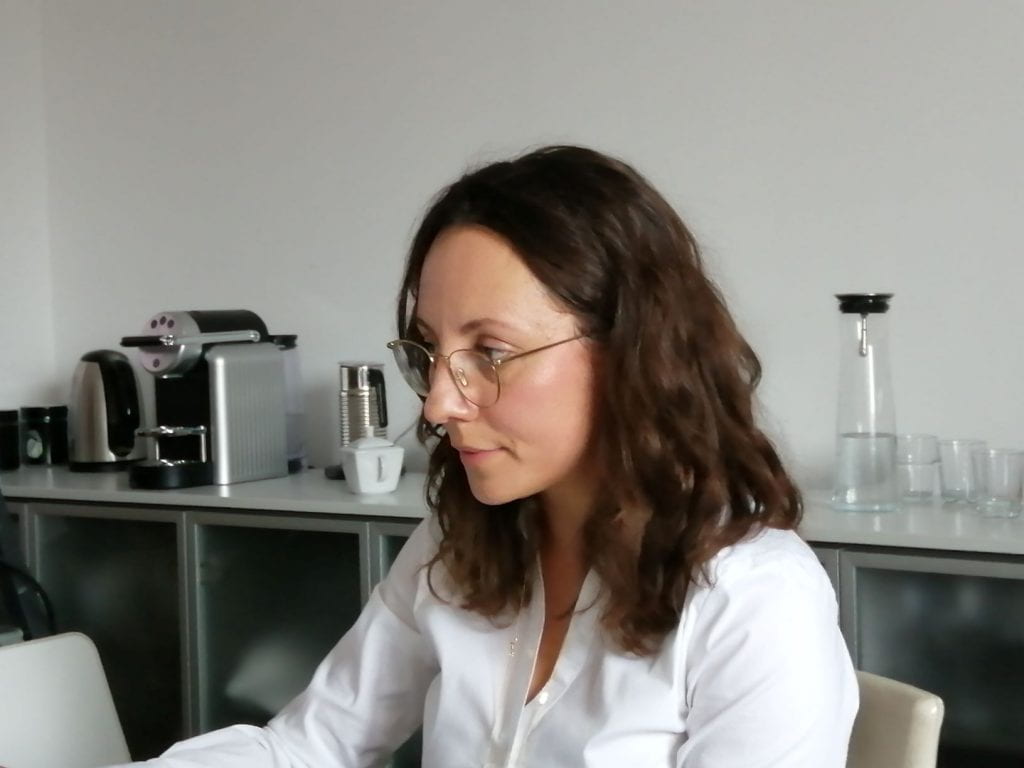Polish Socialist Realism
By editorial, on 3 March 2020
Maja and Reuben Fowkes
A group seminar at Zachęta National Gallery of Art was an opportunity for presentations dealing with Polish art of the 1950s, generating intensive discussion of the local modalities of Socialist Realism and the career trajectories of individual artists.
Magdalena Moskalewicz addressed the historiography of Polish Socialist Realism through the story of painter Aleksander Kobzdej (1920-1972), a celebrated hero of Socialist Realist painting who transformed himself into a modernist abstract painter during the post-Stalinist Thaw. She drew attention to the ambivalence of the local scene towards an artist whose international visibility was based on his willingness to adapt to changing official tastes in art.

Agata Pietrasik’s discussion of Socialist Realism in Poland set out to challenge assumptions that the style was simply imposed from outside and above by an oppressive regime, complicating the picture by considering the agency of individual artists, as well as the relation of the doctrine to local art discourses and traditions. She also raised the issue of the longevity of paradigms as well as institutional structures established during the Stalinist period.
 Magdalena Ziółkowska shared with the group her research into Andrzej Wróblewski’s visit to Yugoslavia in 1956, revealing the personal and intellectual as well as historical and political dimensions of his three-week stay in the company of art critic Barbara Majewska. Going beyond attempts to identify the stylistic influence on the artist of the journey – manifest in his subsequent use of colour, expressive forms and the appearance of themes that were absent in his earlier work – she placed their visit in the context of the rapidly evolving relationship between the cultural policies of Poland in the era of de-Stalinisation and the socialist modernism of third way Yugoslavia.
Magdalena Ziółkowska shared with the group her research into Andrzej Wróblewski’s visit to Yugoslavia in 1956, revealing the personal and intellectual as well as historical and political dimensions of his three-week stay in the company of art critic Barbara Majewska. Going beyond attempts to identify the stylistic influence on the artist of the journey – manifest in his subsequent use of colour, expressive forms and the appearance of themes that were absent in his earlier work – she placed their visit in the context of the rapidly evolving relationship between the cultural policies of Poland in the era of de-Stalinisation and the socialist modernism of third way Yugoslavia.
 Close
Close


